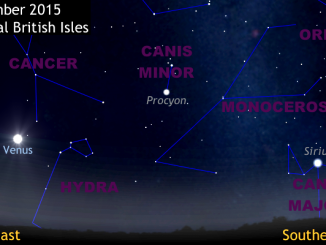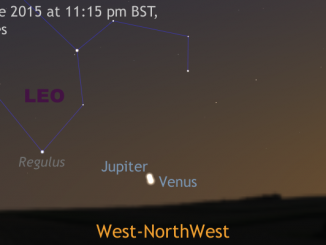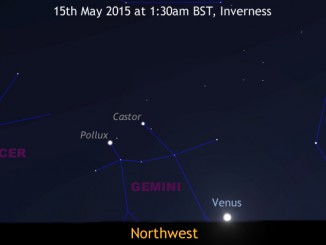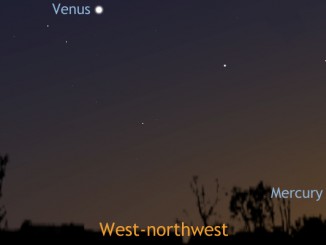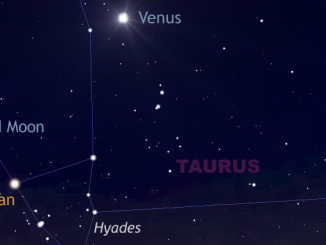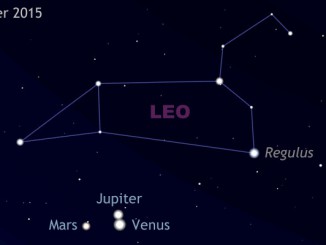
See Venus lap Jupiter, then Mars, in an early morning planetary race
In the remaining days of October and early into November, a fascinating series of planetary peregrinations plays out low in the East before dawn twilight gets too bright. Venus, like a sprinter on the inside lane of a running track, overtakes both Jupiter in Mars in two readily observable conjunctions set against the stellar backdrop of constellations Leo and Virgo.



